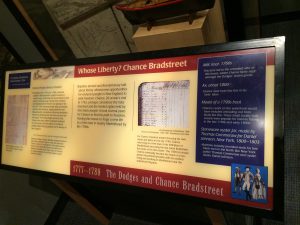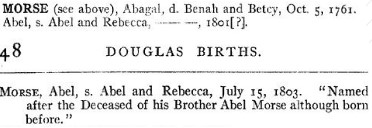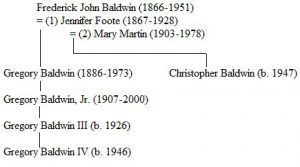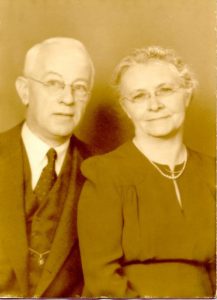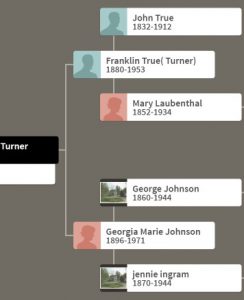
Last month, my wife and I took a vacation to Madrid. While Spanish is my wife’s largest “pre-1492” ethnic background (the others being African and Native-American), I have yet to trace an ancestor who was actually born anywhere besides the Dominican Republic. The furthest I’ve gone is to an ancestor born about 1713, who appears on an 1812 census in her father’s hometown of San Francisco de Macoris. (See this post for information on some of my wife’s Dominican Republic ancestry.)
However, through a few of my own documented “royal” lines, I end up with a few cases of Spanish ancestry through my colonial British forebears. On our trip to Madrid, we walked through the Buen Retiro Park and outside the Royal Palace of Madrid, both of which have numerous statues of rulers of various Spanish kingdoms (Castile, Aragon, Leon, Barcelona, etc.), as well as monarchs after unification with the marriage of Ferdinand and Isabella. Continue reading Genealogical connections to Spain


